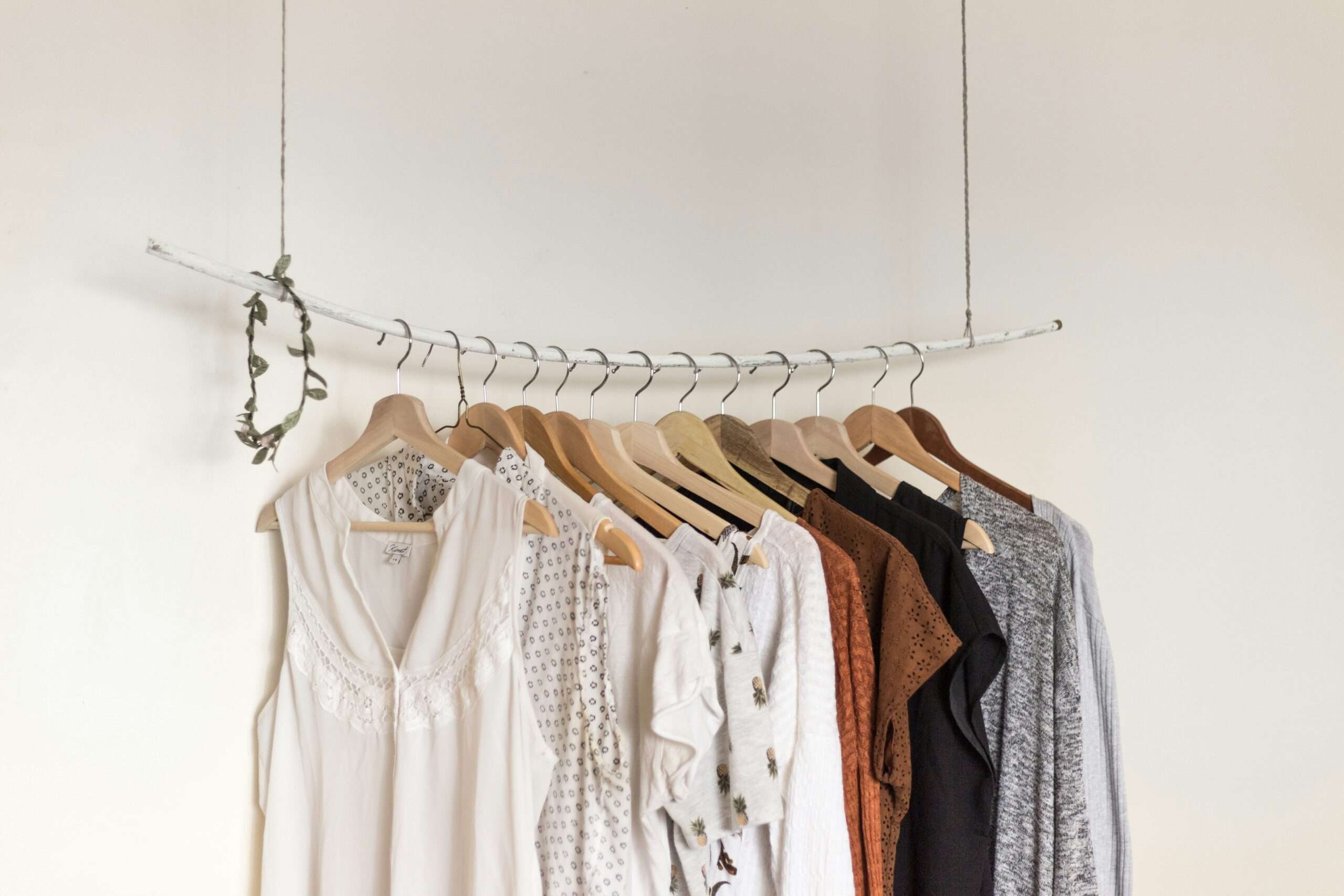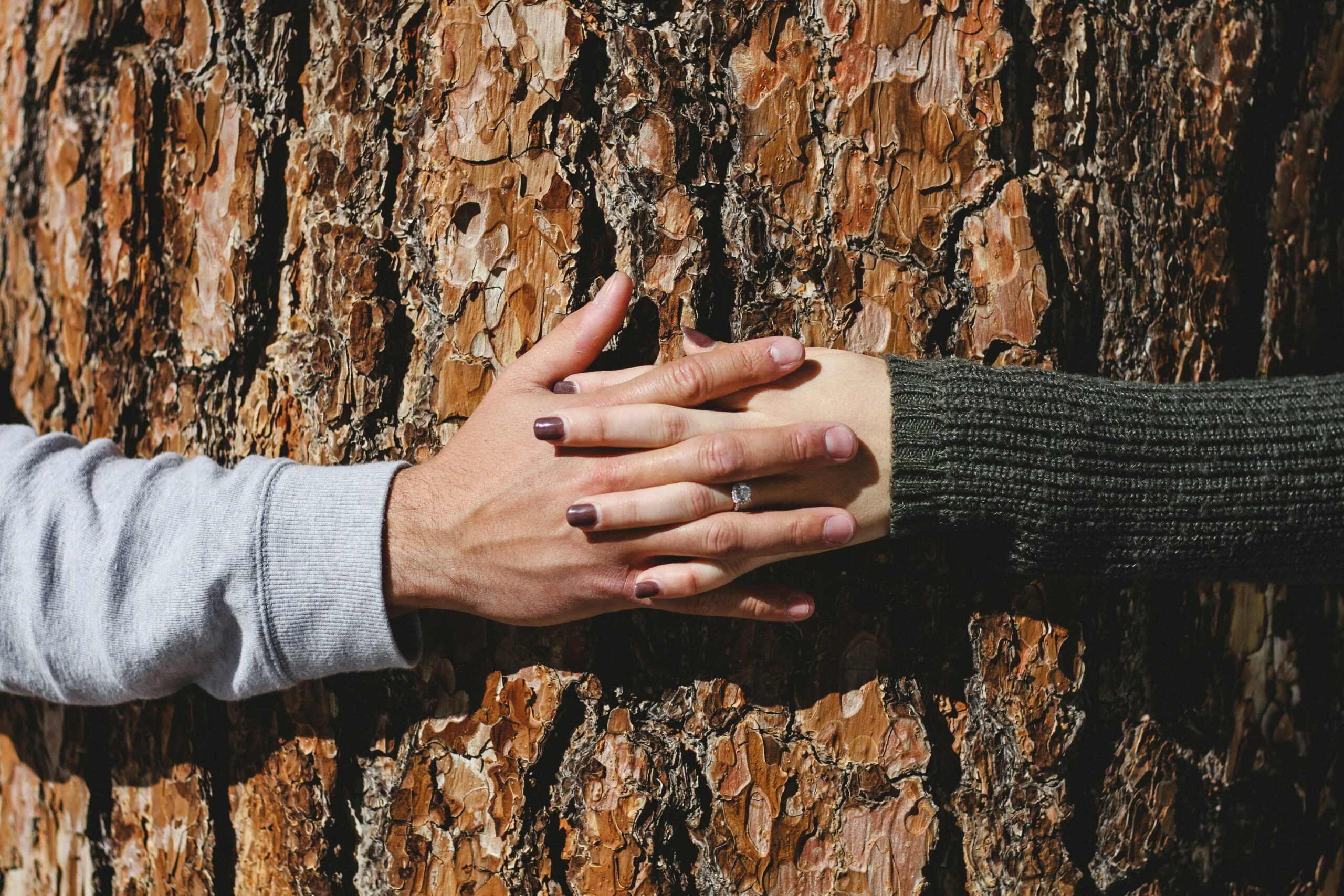If you’ve ever cleaned out your wardrobe and wondered, where can you sell second hand clothes in Australia?, you’re not alone.
Fast fashion has left us drowning in clothes, but the good news is that selling and donating your unwanted items is easier than ever. Plus, it’s a great way to make some extra cash and reduce waste at the same time.
Embracing a Circular Economy
Selling and donating clothes isn’t just about decluttering, it’s about shifting towards a circular economy. Instead of discarding clothes and feeding the demand for new production, reusing and repurposing items keeps resources in circulation for longer. The more we extend the lifespan of our clothes, the less we contribute to textile waste and the environmental cost of fast fashion.
Online Platforms for Selling Clothes
1. Depop
Depop is the go-to platform for trendy, vintage, and streetwear fashion. It’s popular among younger buyers, and if you have unique or brand-name pieces, you can make decent money here.
2. Facebook Marketplace
If you’re looking for a quick sale with no fees, Facebook Marketplace is an excellent option. Buyers are usually local, which means no hassle with shipping. I’ve sold everything from dresses to old furniture this way, and the best part? No waiting for payouts!
3. Poshmark
Poshmark is newer in Australia but has a strong following. It’s a bit like a mix between eBay and Depop, and it’s great for name-brand fashion.
4. eBay
eBay is still one of the best places to sell second-hand clothing, especially high-end or designer items. If you’re patient and price things well, you can find buyers worldwide.
5. ThredUp (Coming Soon to Australia)
This online thrift store is huge in the U.S. and rumoured to be expanding to Australia. If they arrive, expect an easy way to send in clothes and let them handle the selling for you.
Brick-and-Mortar Stores That Buy Clothes
1. U-Turn and SWOP
If you live in a major city like Sydney, Melbourne, or Brisbane, you can take your clothes to second-hand stores like U-Turn or SWOP. They’ll assess your items and either pay you upfront or offer store credit. I have used stores like SWOP before, walking in with a bag of clothes and walking out with $80 is a great feeling.
2. Cash Converters
Not the first place you think of for clothes, but some locations do buy designer or high-quality clothing. If you’re already selling electronics or jewelry there, it’s worth asking.
3. Designer Consignment Stores
If you have luxury pieces, consider consignment boutiques like Blue Spinach (Sydney) or Secondo (Melbourne). These shops take a cut of the sale but get your clothes in front of serious buyers.
Where to Donate Clothes in Australia
Selling isn’t the only option, donating your clothes is an excellent way to give them a second life while helping those in need.
1. Vinnies, Salvos, and Red Cross
Op shops are always looking for good-quality clothes. Just make sure they’re in wearable condition, if it’s too damaged for you, it’s too damaged for them.
2. Dress for Success & Suited to Success
These charities provide workwear for women and men in need, helping them gain employment. Your old blazer or office wear could help someone land their dream job.
3. Clothing Recycling Programs
Brands like H&M, Zara, and Upparel accept worn-out clothes for recycling, turning them into new textiles rather than landfill waste.
The Real Benefits of Selling and Donating
Beyond making money, selling second-hand clothes helps the planet by reducing textile waste. Every item resold means one less piece in a landfill. And donating? It helps people in need and keeps resources in circulation.
By choosing to sell, donate, or recycle clothes, we contribute to a circular economy, one where materials are reused rather than discarded. This small shift in mindset can have a big impact on the sustainability of the fashion industry.
TL;DR: If you’re wondering where to sell second-hand clothes in Australia, try Depop, Facebook Marketplace, or local thrift stores like SWOP. For high-end items, consignment shops are best. Donating to Vinnies or Dress for Success is another great option. Either way, you’re keeping clothes out of landfill, supporting a circular economy, and making fashion more sustainable, win-win!




